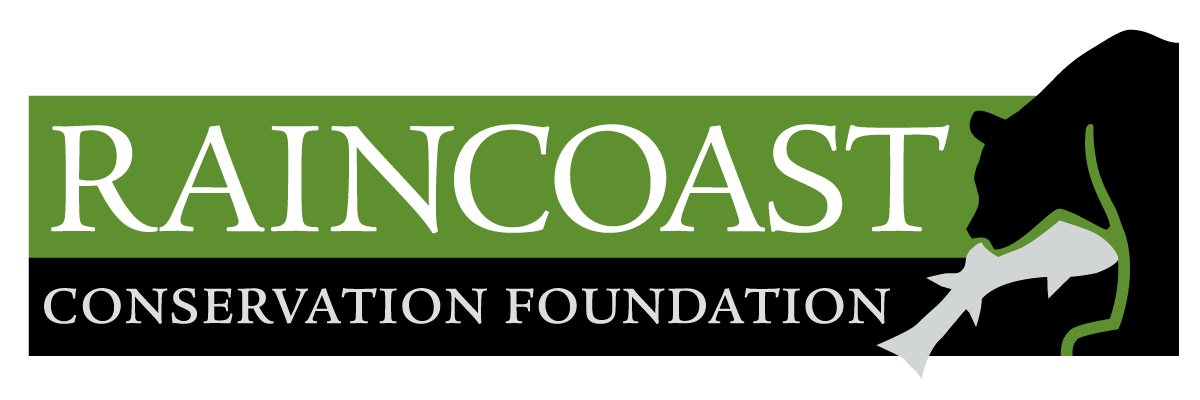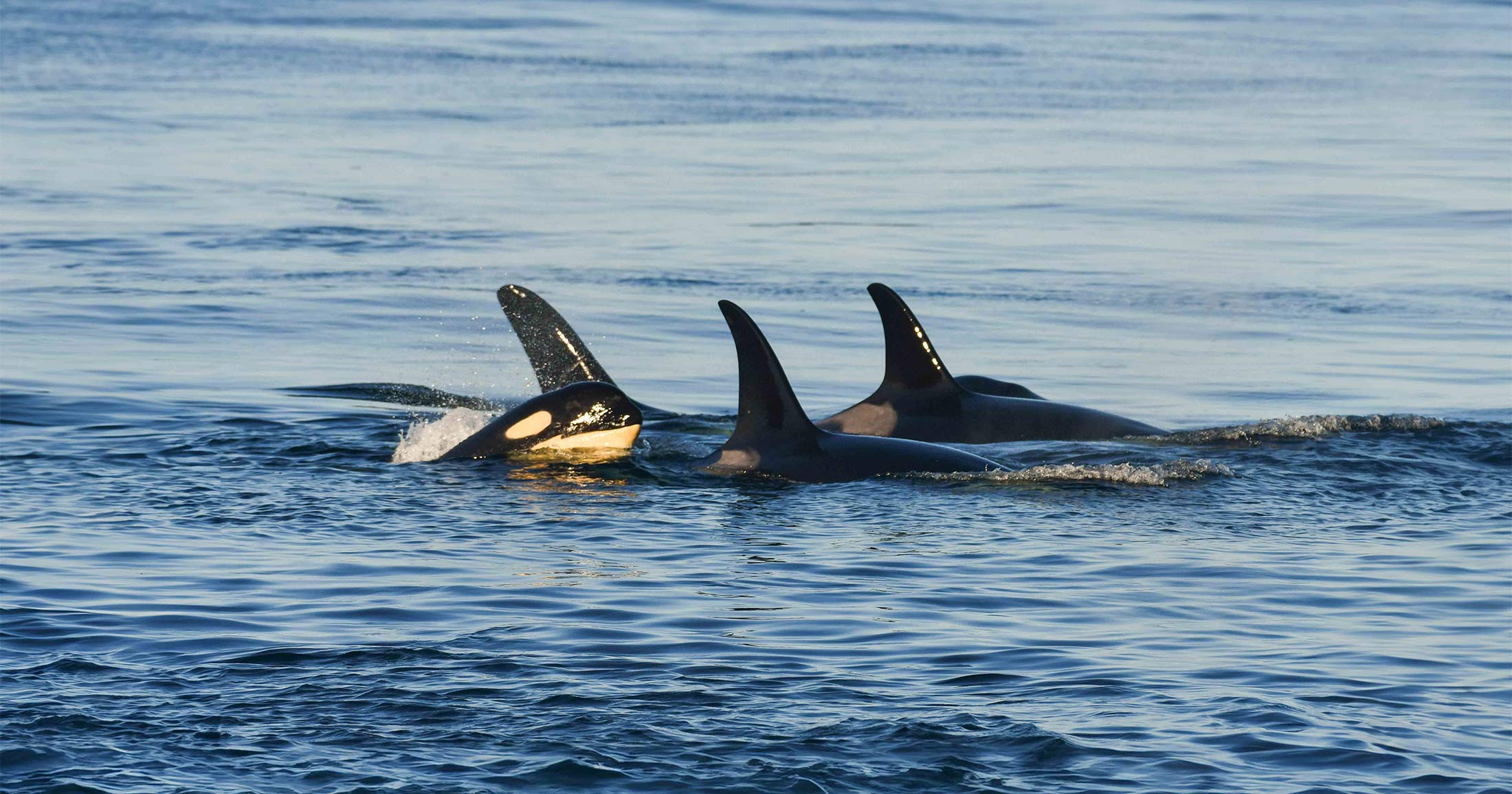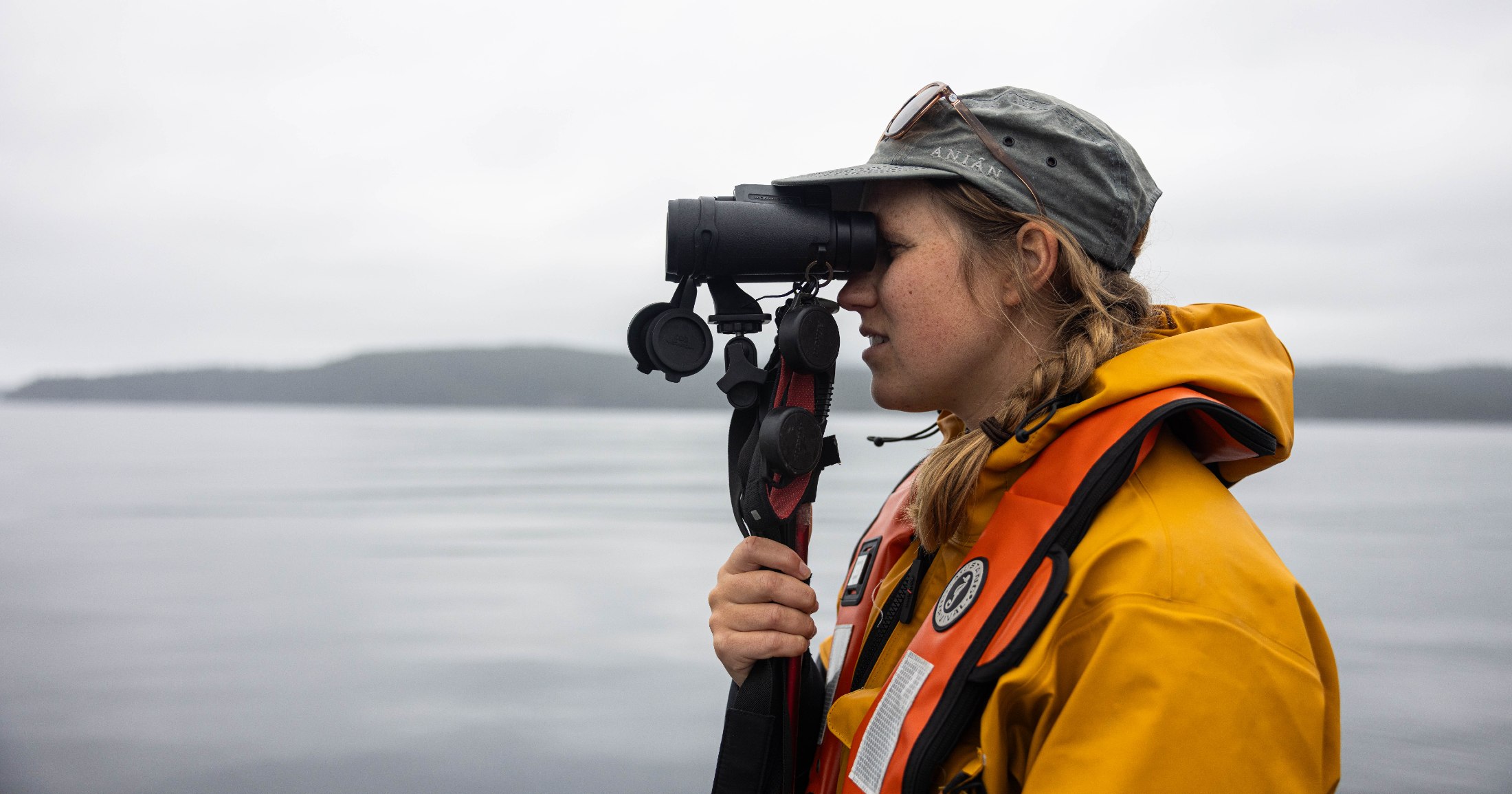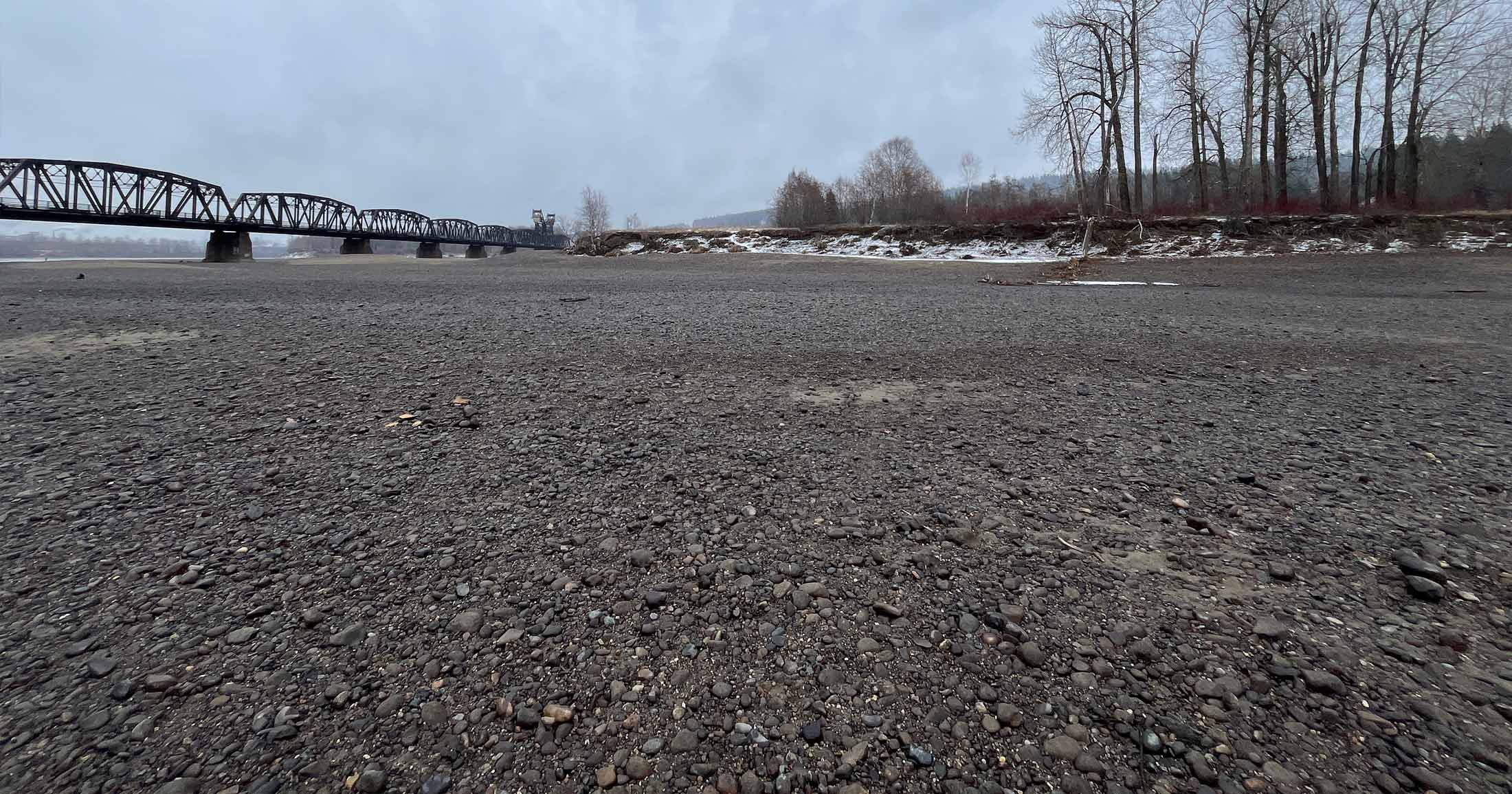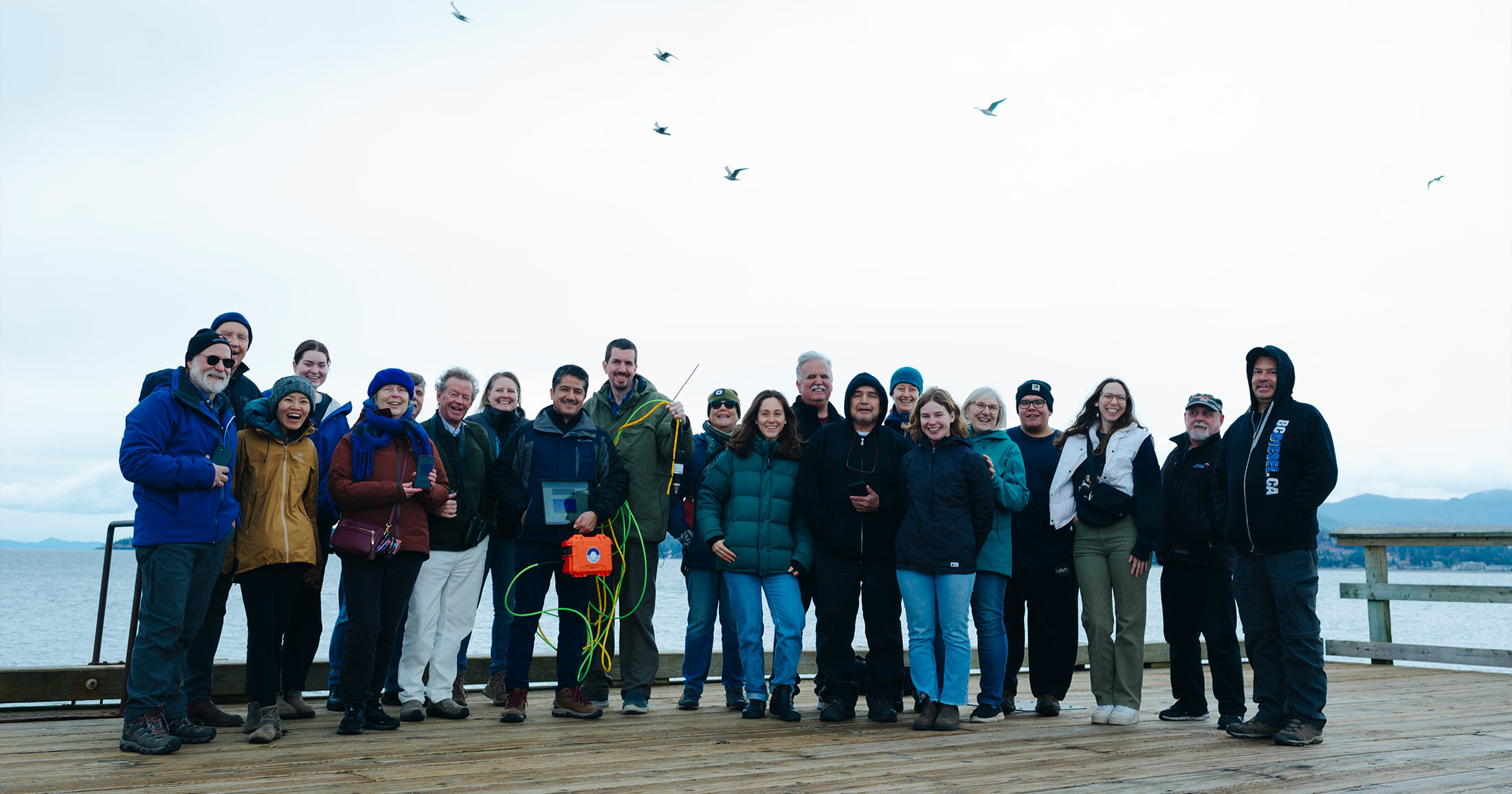The Price of Oil: Alberta black gold rush threatens BC’s coast
Monday Magazine
Last Word
By CHRIS GENOVALI
Feb 13 2008
One of the biggest industrial projects on the planet is about to get even bigger with corporate giant British Petroleum recently announcing their intention to heavily invest in Alberta’s oil sands. British Columbians should be concerned about what is happening with the oil sands, as Alberta’s black gold rush is a direct threat to B.C.’s coastal environment.
The Alberta oil sands occupy a vast area in the boreal forest zone about the size of New Brunswick. Industry claims that by the year 2020, the oil sands will be producing as much as 1.2 million barrels a day, a significant amount
of which will be exported to markets in the U.S. and Asia.
In November 2007, Charles Frank of CanWest News Service wrote that “the future of Western Canada’s energy industry may well be defined by what happens far from Alberta’s foothills in the quiet town of Kitimat on British
Columbia’s picturesque coast . . . with at least two pipelines on the drawing boards aimed at bringing oil from Alberta’s oil sands to Kitimat and then on to hungry consumers in other parts of the world.”
One pipeline would send condensate-a diluent used to separate the bitumen from the sand and clay-to Alberta, while the other pipeline would send the crude produced from the oil sands back to Kitimat for export.
Approval and construction of the aforementioned pipeline projects would put B.C.’s coastal environment (both marine and terrestrial) at risk with an attendant increase in tanker traffic, as intense pressure would be on to
lift the current 35-year-old oil tanker moratorium. In addition to the spectre of an Exxon Valdez-type disaster, there is concern about a potential rise in deadly ship strikes to whales with more tankers plying B.C.’s
coastal waters.
Oil sands producers are also looking to import liquefied natural gas (LNG) via a proposed terminal and pipeline that would originate in Kitimat; natural gas is required in the extraction of bitumen from the oil sands and
the upgrading of bitumen to synthetic oil. LNG causes air and water pollution, and harms wildlife and the environment, starting from the places where the gas is extracted and liquefied, to the coastal communities where
it is delivered, processed and sold.
Also writing in November of last year, CanWest’s Lisa Schmidt reported that “as early as 2010, giant tankers will berth at the facility to unload the super-cooled gas destined largely for Alberta’s growing oil sands industry
thousands of kilometres away. In addition to LNG to feed growing oil sands needs, there are plans to bring at least two oil sands pipelines to this underutilized port that could open shipping routes to new markets such as
Asia.”
Approximately 500 to 1,000 cubic feet of gas is needed to extract and upgrade one barrel of heavy crude, depending on which recovery process is used, in-situ steam injection or open pit mining.
The irony is that these pipeline and terminal projects on the north coast will, conversely, exacerbate the destruction of northern Alberta’s boreal forest as Kitimat is established as a primary distribution point for oil sands product.
Oil sands reserves at or near the surface are recovered through large scale open pit mining. Huge mounds of oil sand are excavated and moved by trucks weighing 240 tonnes and standing three stories high. It takes two tonnes of
sand to produce one barrel of oil. The deeper oil sands reserves are recovered by drilling horizontal wells and injecting massive amounts of steam deep into the ground, using nine barrels of water to produce one barrel of oil.
Oil sands development produces four times more upstream greenhouse gas emissions than conventional oil reserves. According to a report by the Pembina Institute, oil sands development in Alberta is the single largest contributor to the growth in greenhouse gas emissions in Canada.
Are British Columbians willing to put this magnificent coast at risk, contribute to the acceleration of climate change and serve as an enabler for the ruin of Alberta’s boreal in exchange for buying into yet another chimerical scheme based on the extraction of a finite resource? An Ipsos-Reid poll conducted in 2006 would seem to indicate not, as 75 percentof B.C. residents-including 71 percent of Conservative Party – supported a ban on oil tankers.
But with natural resources minister Gary Lunn -in the words of former environment minister David Anderson -preposterously claiming there has never been a moratorium on oil tankers, the Conservative government appears to be ignoring not only the greater B.C. electorate, but their base as well.
Chris Genovali is the executive director of Raincoast Conservation.
Support our mobile lab, Tracker!
Our new mobile lab will enable the Healthy Waters Program to deliver capacity, learning, and training to watershed-based communities. We need your support to convert the vehicle and equip it with lab instrumentation. This will allow us to deliver insight into pollutants of concern in local watersheds, and contribute to solution-oriented practices that protect and restore fish habitat.

